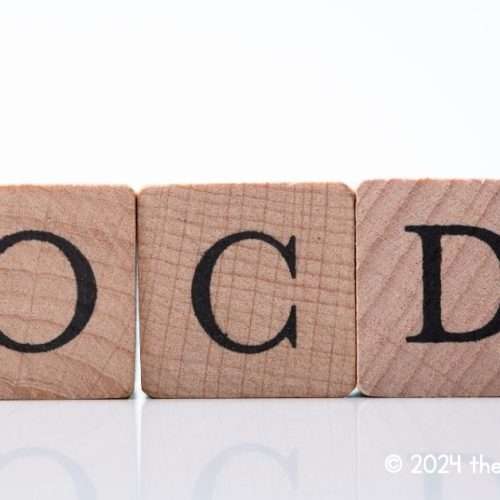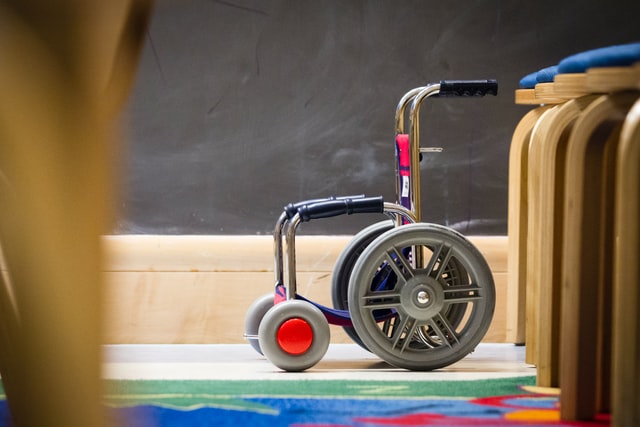Having a baby is a joyous occasion, but sometimes complications can arise during pregnancy or delivery, impacting a newborn’s health. One such concern is hypoxic-ischemic encephalopathy (HIE).
HIE occurs when a baby’s brain doesn’t receive enough oxygen or blood flow for some time. This can lead to brain damage and a range of disabilities. If you’re concerned your child may have suffered an HIE injury due to medical mistakes during pregnancy, delivery, or shortly after birth, understanding the causes, symptoms, and legal options can be empowering.
In this article, we’ll explore these aspects of HIE to help you navigate this challenging situation. We’ll discuss the various factors that can contribute to HIE, the signs to watch for in your baby, and the possibility of filing a hypoxic-ischemic encephalopathy case to seek compensation for medical negligence.
Causes of Hypoxic-Ischemic Encephalopathy (HIE)
Many factors can lead to a baby developing HIE. Let’s break them down into two main categories: complications during pregnancy and labor and birth complications or medical mistakes.
Complications During Pregnancy and Labor
- Fetal positioning challenges: Sometimes, babies are positioned in the womb in a way that restricts blood flow and oxygen delivery. This can include a breech presentation (feet-first) or a transverse lie (sideways).
- Placental problems: The placenta is the lifeline between mother and baby. Issues like placental abruption (when it detaches from the uterine wall) or placenta previa (when it covers the cervix) can significantly reduce oxygen flow.
- High-risk pregnancies: Certain conditions like pre-eclampsia (high blood pressure) or untreated maternal infections can increase the risk of HIE.
- Premature birth: Premature babies are more vulnerable to HIE due to underdeveloped lungs and other organ systems.
- Uterine issues and contractions: Problems with the strength or duration of contractions can compromise blood flow to the baby.
Birth Complications and Medical Mistakes
- Fetal monitoring errors: Missing vital signs indicating fetal distress during labor can lead to delayed intervention.
- C-section delays or errors: If a C-section becomes necessary and is delayed, or if complications arise during the procedure, it can deprive the baby of oxygen.
- Forceps or vacuum extractor misuse: Instrumental deliveries, while sometimes necessary, can cause injuries restricting blood flow.
- Neonatal breathing problems: If a newborn struggles to breathe after birth and isn’t promptly supported, it can lead to oxygen deprivation.
This is not an exhaustive list, but it highlights some major reasons why HIE might occur. It’s important to remember that not all these situations will result in HIE, and some babies may experience multiple risk factors without developing the condition.
Signs and Symptoms of Hypoxic-Ischemic Encephalopathy (HIE)
The signs of HIE can appear right after birth or develop over time. Here’s a breakdown of what to watch for:
At Birth (Immediate Signs)
- Low APGAR scores: This is a quick assessment of a newborn’s health, including factors like breathing, muscle tone, and reflexes. Low scores can indicate potential problems.
- Breathing difficulties: A baby with HIE might struggle to breathe on their own and may require resuscitation measures.
- Seizures: Seizures are uncontrolled jerking movements and can be a sign of brain dysfunction in newborns.
Shortly After Birth (Developmental Signs)
- Feeding difficulties: A baby with HIE might have trouble sucking, swallowing, or coordinating these actions to feed effectively.
- Abnormal reflexes: Newborns have natural reflexes that can be weakened or absent due to brain injury from HIE.
- Low muscle tone (hypotonia): This can manifest as floppy limbs and a lack of muscle control.
- Altered consciousness: This could range from excessive sleepiness to difficulty staying awake or interacting with their surroundings.
It’s important to note that other conditions can also cause these symptoms. However, if you notice any of these signs in your baby, especially in combination, seeking immediate medical attention is crucial. Early diagnosis and intervention are critical for improving outcomes in HIE cases.
Diagnosing Hypoxic-Ischemic Encephalopathy (HIE)
Confirming a diagnosis of HIE often involves a combination of tests. Doctors will consider your baby’s medical history, delivery details, and any observed symptoms. They might order blood tests, such as:
- Blood glucose tests
- Umbilical cord and arterial blood gas tests
Imaging studies like MRIs, CT, PET scans, and EEGs can provide detailed pictures of the brain, helping to identify areas of injury. While these tests can be crucial, there’s no single definitive test for HIE. A thorough evaluation by a healthcare professional is essential for an accurate diagnosis.
Legal Options for HIE
If you suspect your child’s HIE may be linked to medical mistakes during pregnancy, delivery, or newborn care, you may have legal options. Medical malpractice occurs when a healthcare professional deviates from the accepted standard of care, harming the patient.
In HIE cases, this could involve missed signs of fetal distress, delayed interventions, or errors during delivery procedures. If you’re considering pursuing a legal case, consulting with a lawyer specializing in birth injuries is vital. These lawyers understand the complexities of HIE and medical malpractice claims.
They can help you navigate the legal process, gather evidence, and determine if you have a case. Remember, this is a complex area, and seeking legal guidance can be empowering as you navigate this challenging situation.
Conclusion
Hypoxic-ischemic encephalopathy (HIE) is a severe condition, but with early diagnosis and intervention, children with HIE can achieve their full potential. If you’re concerned about your child’s development or suspect HIE, don’t hesitate to seek medical attention and discuss your questions with a healthcare professional.
We are not doctors and this is in no way intended to be used as medical advice and we cannot be held responsible for your results. As with any product, service or supplement, use at your own risk. Always do your own research before using.








